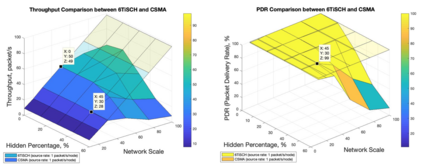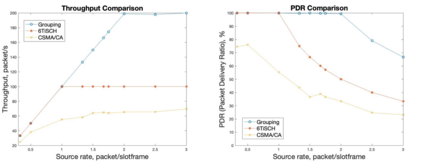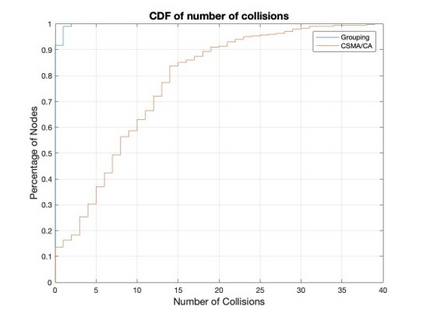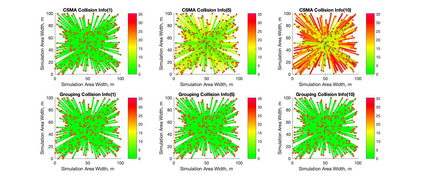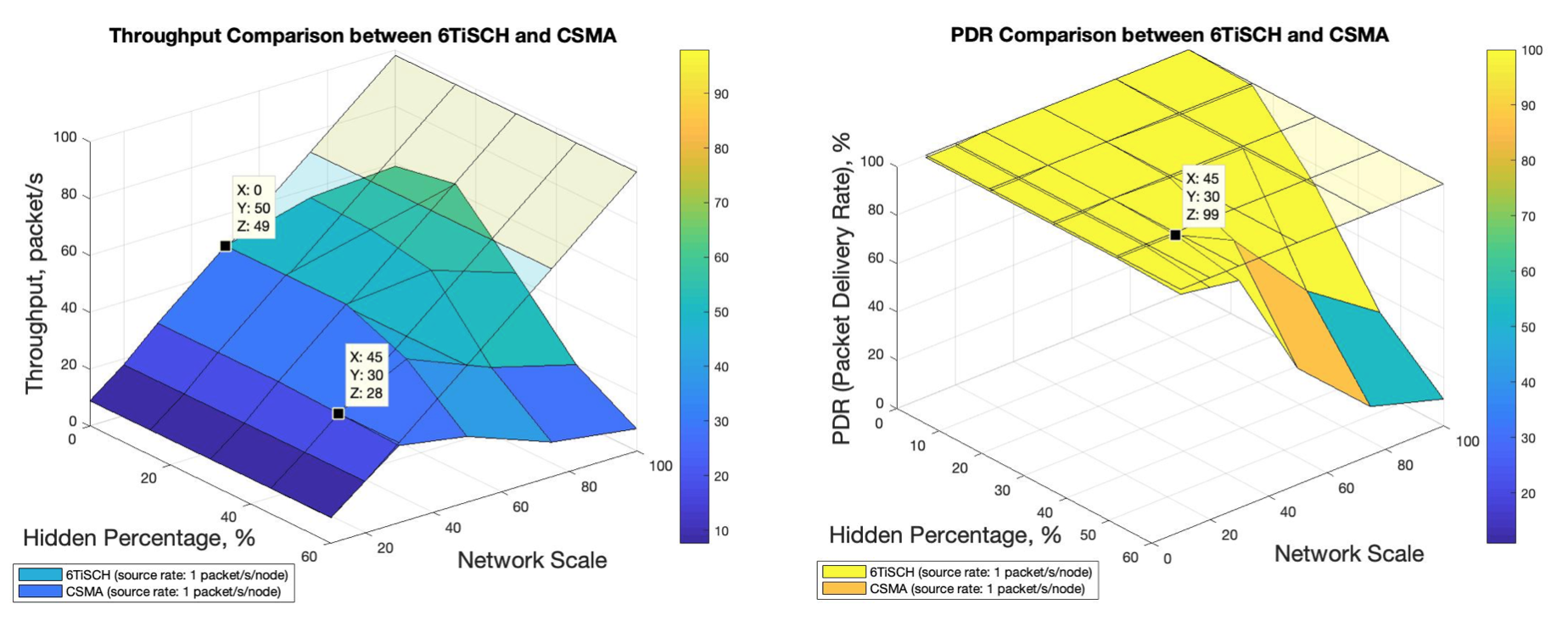Recent applications in large-scale wireless mesh networks (WSN), e.g., Advanced Metering Infrastructure (AMI) scenarios, expect to support an extended number of nodes with higher throughput, which cannot be sufficiently supported by the current WSN protocols. Two prior protocols, Wi-SUN Field Area Network (Wi-SUN FAN) and IETF 6TiSCH standards, are popularly used that are respectively based on asynchronous Carrier Sense Multiple Access / Collision Avoidance (CSMA/CA) and IEEE 802.15.4 Time Scheduled Channel Hopping (TSCH). However, the former one with CSMA/CA can be prone to the Hidden Node Problem (HNP) that leads to a degradation of reliability, while the latter one with TSCH avoids HNP by using synchronously scheduling but requires massive control signalling that degrades the upper-bound of throughput. Accordingly, this paper tackles the challenge of how to improve the upper-bound of throughput without loss of reliability. To do so, we first present an in-depth evaluation of reliability and throughput between the two existing standards via system-level simulation. We then propose a self-configurable grouping (SCG) method to cluster nodes without using location information of each node. This SCG method eliminates around 99\% HNP in CSMA/CA, thus greatly improves its reliability with maintaining the relatively high upper-bound of throughput. Our results show that the SCG method almost doubles the network throughput compared with both 6TiSCH and Wi-SUN FAN in heavy traffic scenarios, while providing extremely high reliability of more than 99.999\%.
翻译:最近大规模无线网网(WSN)的大规模无线网网(WSN)应用,例如,先进计量基础设施(AMI)设想方案,预期会支持数量众多的传输量较高的节点,而目前的WISUN外地区域网络(Wi-SUN FAN)和IETF 6TISCH标准无法充分支持。前两个协议,WISUN外地区域网络(Wi-SUN FAN)和IETF THF 6TISCH标准,被广泛使用,它们分别基于无同步的 Carricler Sense多重接入/碰撞避免(CSMA/CA)和IEEE EE 802.15.4 定时频道热量(TSCH)。然而,前一个拥有CSMA/CA的节点,几乎容易出现隐藏节点问题(HNP)的节点,导致可靠性下降,而后一个WSCH的节点则需要大规模控制信号,降低吞吐量的上限。因此,本文件要应对如何在不丧失可靠性/CSAS高端线上改进高端数据量的节点,然后提供对SAS公司的可靠性和高端数据的系统进行高端的可靠性评估。

